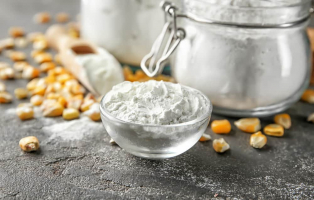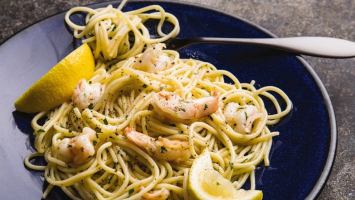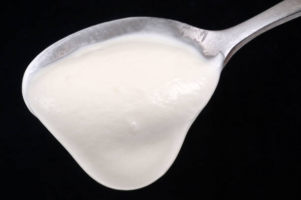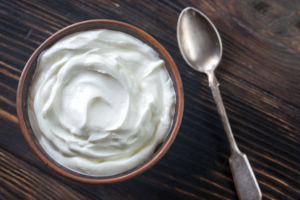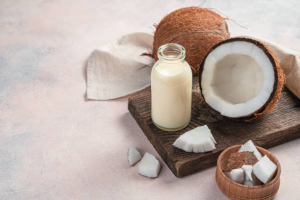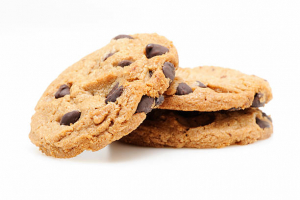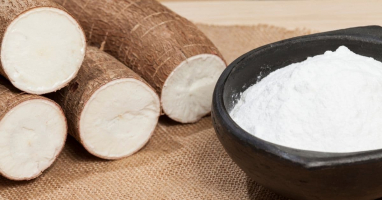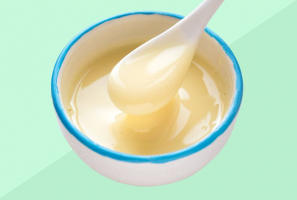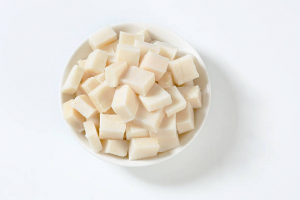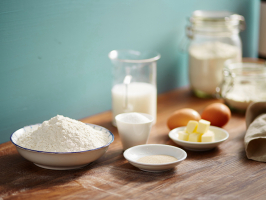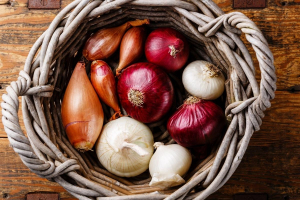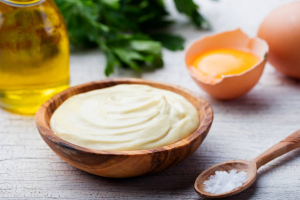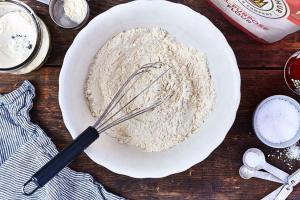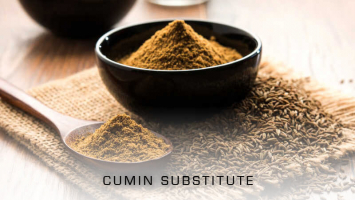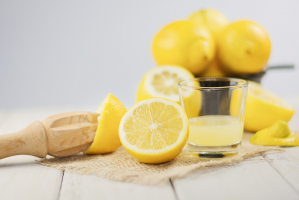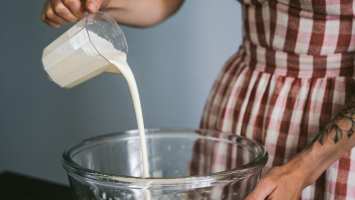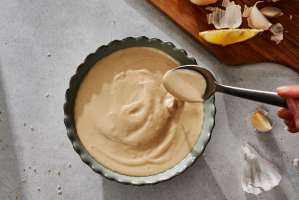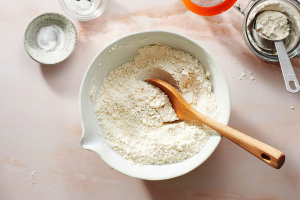Top 11 Best Substitutes for Gluten-Free Pizza Crust
It's difficult to find someone who does not enjoy pizza, but for some, pizza does not. Gluten allergies and intolerances can disrupt your dining habits, but ... read more...thankfully, there are plenty of acceptable alternatives. There is a whole market for gluten-free flour, and this article will introduce you to the best gluten-free pizza crust substitutes.
-
Cauliflower pizza crusts have certainly gained popularity among those looking for a gluten-free or flour-free alternative to the traditional wheat base. It could be attributed to the popularity of Trader Joe's new gluten-free pizza crust, or it could simply be that cauliflower has assumed a superhero role as the cruciferous vegetable that can do it all. Whatever the case, a well-made cauliflower crust will have even the most skeptics reaching for another slice.
This delectable recipe's keto version includes eggs and plenty of cheese. If you prefer to keep the cheese as a topping and want your crust to have other characteristics, versions made with coconut or almond flour, flax meal, or simply eggs as a binder are equally delicious. You're better off buying riced cauliflower to speed up the process unless you have a lot of patience. Simply steam the cauliflower and drain the excess water before combining the ingredients into a puree that can be shaped onto a baking sheet. To avoid soggy pizza, bake the crust first and then sprinkle on the toppings lightly.
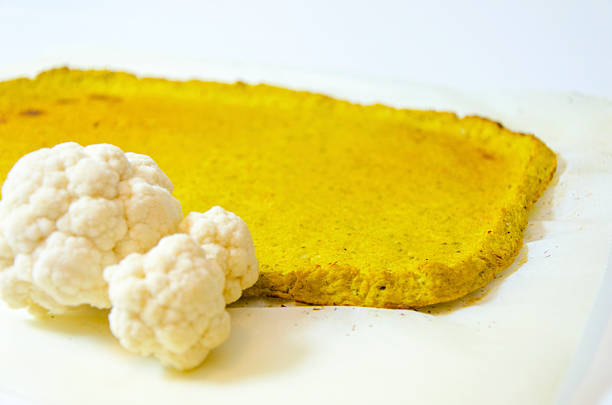
Cauliflower 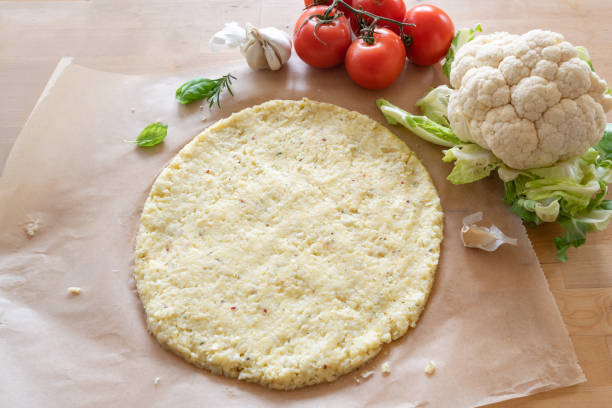
Cauliflower -
As it turns out, this green vegetable makes an excellent pizza crust. You'll be relieved to know that there's a lot of overlap if you've mastered the cauliflower technique. Broccoli must be riced, steamed, and strained before being processed into a mash with binders such as eggs and cheese. Similarly, if you want to reduce the dairy content, combine the ingredients with another ingredient, such as chickpea flour or ground oats, instead of eggs. When the foundation is packed with vitamins and minerals, it's difficult not to feel good about pizza night.
Outer Aisle makes delicious crusts that double as wraps for busy evenings or when you want to host a gluten-free pizza night without spending all day ricing and steaming broccoli. There's no need to be concerned about a long list of ingredients, either, because the product is made from four simple ingredients: broccoli, Parmesan, eggs, and nutritional yeast.
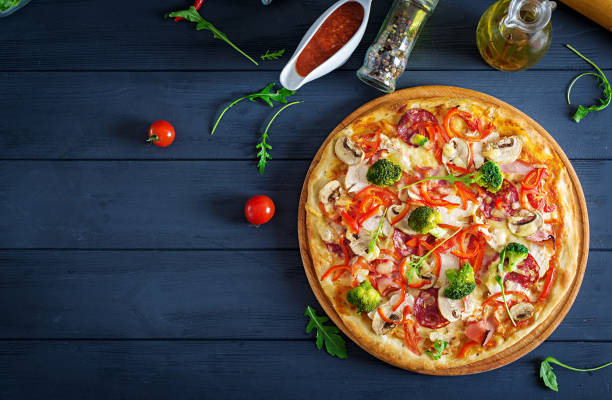
Broccoli 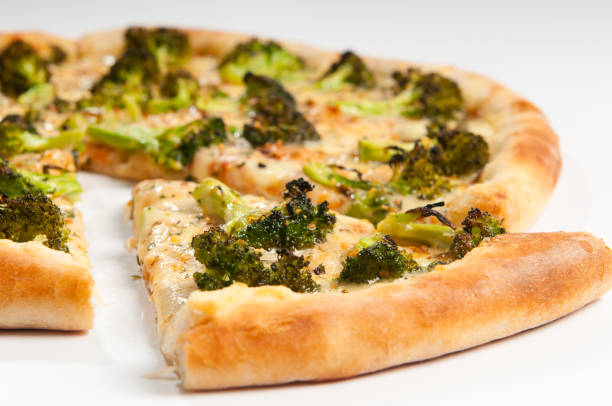
Broccoli -
The humble chickpea has long been labeled as the foundation of hummus, but it has much more to offer. Both the mashed legume and the flour made from dried chickpeas can be used to make a gluten-free pizza crust. The latter has a long history of being used to make flatbread in coastal regions of Europe.
Socca pizza is a simple recipe that only requires chickpea flour, olive oil, water, and seasonings. To make a smooth batter, whisk everything together and set it aside to thicken. It's then just a matter of broiling or cooking it in a flat pan. Bake if desired, or keep the top light and fresh with salad-like garnishes and let the nuttiness of the flour shine through. Buy a bag of chickpea flour and whip this up in no time, or use Banza's premade crusts. Chickpeas, tapioca, cocoa butter, olive oil, and seasonings are used by the company, making it a great gluten and dairy-free option to pick up on your next shopping trip.
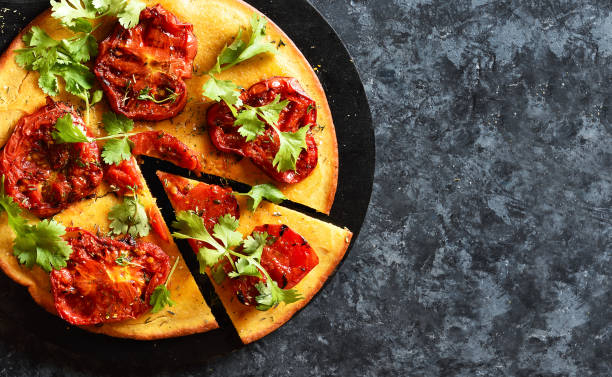
Chickpea flour 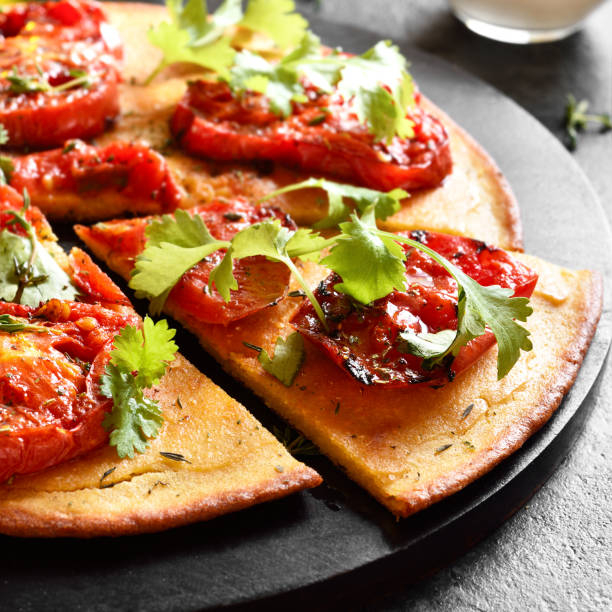
Chickpea flour -
This stringy squash looks and tastes like pasta, and it's also a surprisingly inventive way to make pizza crust. Before you begin mixing and binding ingredients, the squash must be cooked to reveal its spaghetti-like strands. It can be prepared in a variety of ways, including microwaving, boiling, or roasting. Roasting it in the oven is a safe bet for maximum flavor and minimal moisture.
The two best ways to cut spaghetti squash to speed up the process are lengthwise or in rings. After you've removed all of the flesh, you'll still want to drain off any excess water, or you'll end up with a soggy mess that won't pass muster as pizza crust. The squash is then combined with binders such as eggs, cheese, or a small amount of your favorite gluten-free flour. Flatten the mixture into a circle and bake until the crust is golden and holds together. At this point, you can add whatever toppings you want and bake them until done.
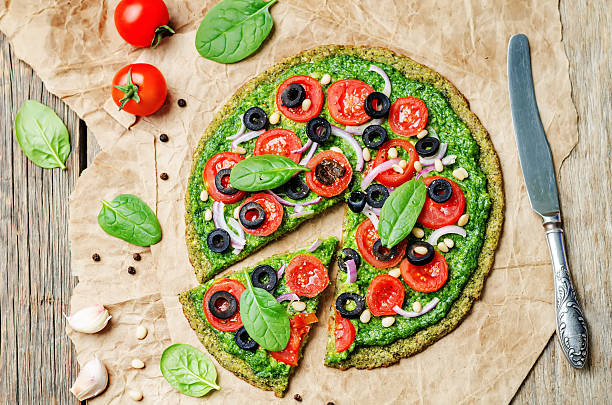
Spaghetti squash 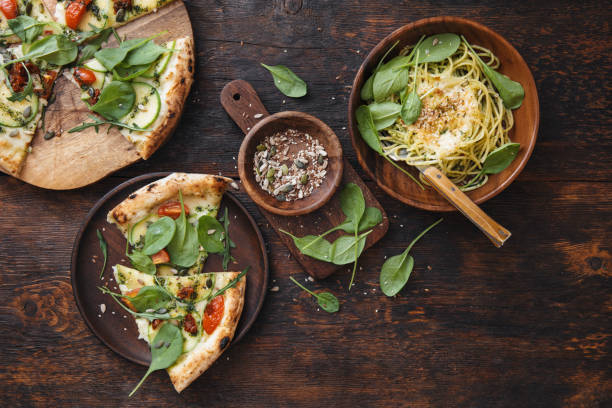
Spaghetti squash -
You may have noticed that vegetables used as gluten-free pasta substitutes frequently double as pizza crust. Zucchini is no exception, and the key to success, as with the others on our list, is straining off the excess water. If you skip this step, you will avoid these alternatives out of fear of another liquidy disappointment.
There are a few different techniques and binders you can use to perfect your zucchini crust, so experiment and find your favorite. All begin by grating the zucchini; some then bake the shredded vegetable, while others leave it raw. Depending on whether you want a vegan or gluten-free crust, strain the excess moisture and combine it with other ingredients such as shredded cheese, almond flour, eggs, or ground flaxseed.
Bake the base, then top it with garnishes and dig in. While grating zucchini is less time-consuming than ricing cauliflower, Kbosh makes gluten-free keto-friendly zucchini crusts loaded with cheese, eggs, almond flour, coconut flour, and a flaxseed meal. These packaged pizza crusts are a meal prepper's dream, as they are nutritious and contain no preservatives or added sugars.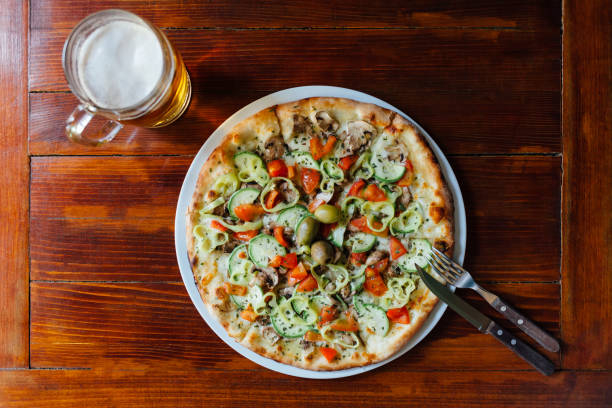
Zucchini 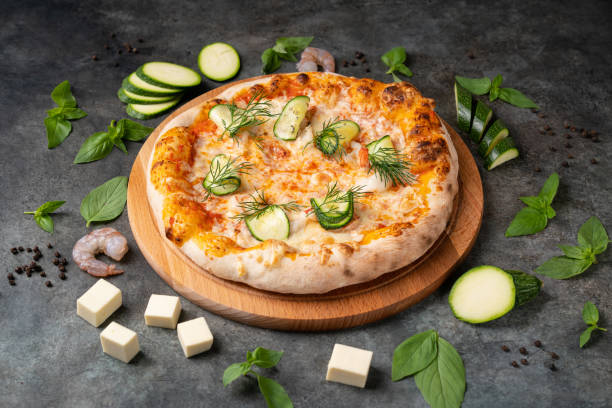
Zucchini -
Almond flour (rather than almond meal, which is coarser) is a great gluten-free alternative for pizza crusts. If you've experimented with wheat flour substitutes, you've probably come across it, though the two aren't always interchangeable. You'll be relieved to learn that almond flour can be used to make pizza crust. If a lot of cheese isn't your thing, whisking the flour with an egg, baking soda, and seasonings works just as well. To avoid lumps, thoroughly combine the ingredients; a food processor can assist in achieving a smooth result. You'll need to pre-bake the crust before adding the toppings unless you melt the cheese first.
Cappello's is the obvious choice for a packaged version that tastes the same. The company offers two almond flour pizza crusts: the naked pizza crust, which includes eggs, cheese, and various gluten-free flours, and the keto pizza crust, which includes turnip, eggs, cheese, and a few other binders. You can even purchase the pizzas pre-loaded with cheese, sausage, vegetables, and various toppings.
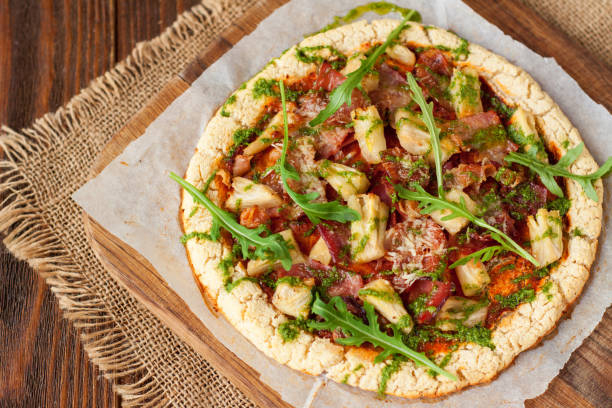
Almond flour 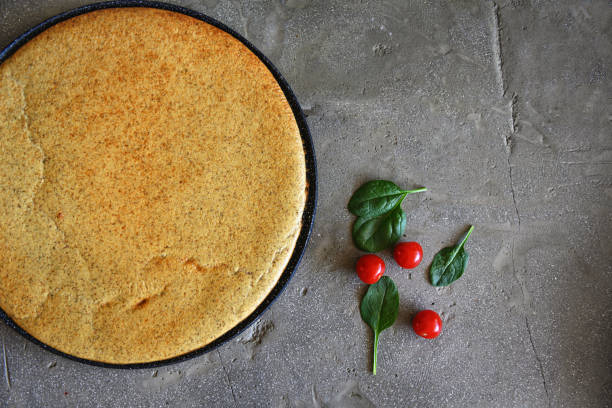
Almond flour -
It's difficult not to be inspired by the seasonal influx of squash and pumpkin. Pumpkin pie and jack-o-lanterns are timeless classics. Roasted pumpkin wedges or puree instead of tomato sauce are both excellent toppings, but using it to make the crust is a lesser-known winner. Aside from being extremely nutritious, pumpkin adds a sweet and earthy flavor to the pizza that complements toppings such as goat cheese, caramelized onions, and fresh herbs.
You can either cook and mash your own pumpkin or use canned pumpkin; just avoid pumpkin pie filling — you'll notice the difference. Naturally, pumpkin puree is quite creamy and not starchy enough to serve as a pizza crust on its own. A suitable batter is made with your favorite gluten-free flour (buckwheat, amaranth, tapioca, almond, arrowroot, etc.), eggs, olive oil, and seasoning, and vegan variations are also successful. Bake it first, then top it with fresh vegetables from the fall harvest.
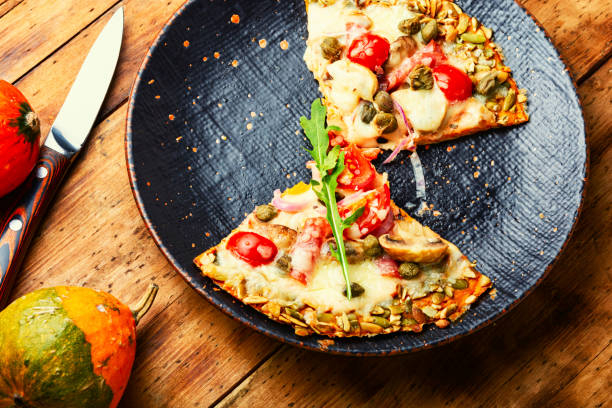
Pumpkin puree 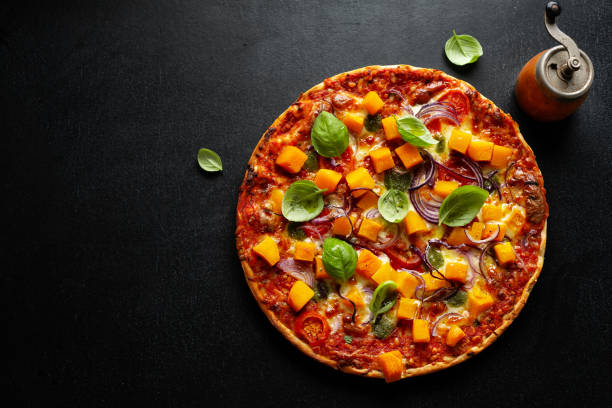
Pumpkin puree -
Quinoa, a well-known superfood, is even used as the primary ingredient in gluten-free pizza crusts. Quinoa (and the flour made from it) has higher levels of protein, fiber, vitamins, minerals, and antioxidants than wheat flour. Quinoa's pleasantly nutty flavor distinguishes it as a distinct option, and the texture varies depending on whether it is raw, cooked, or ground into flour.
Raw quinoa is typically soaked before being blended with water and cheese in recipes. Cooked quinoa with cheese and eggs, on the other hand, has a more textural element. Because the batter is fairly wet, you'll need to prebake the crust; however, once cooked, it holds up well to toppings. Pick up a bag of quinoa flour if you want a similar process to making wheat flour dough. To achieve the desired texture, combine it with additional starches; psyllium husk and tapioca starch are both gluten-free options.
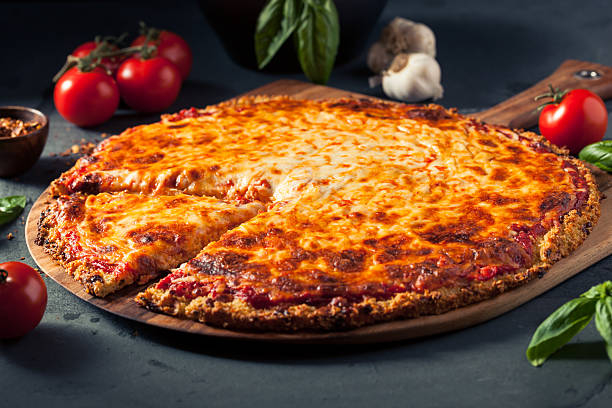
Quinoa 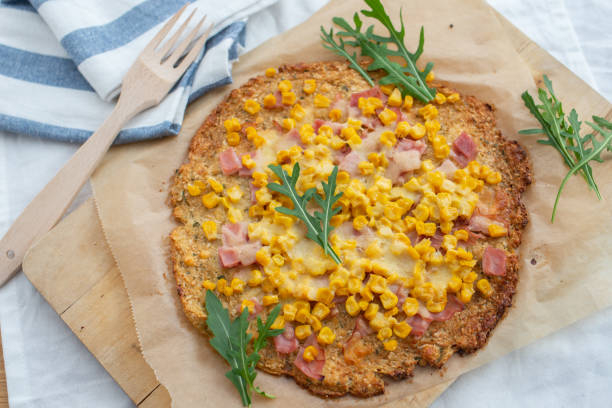
Quinoa -
Because seeds can behave quite differently (as you'll discover when you add water to chia seeds), unless you enjoy experimenting in the kitchen, you're better off sticking to a recipe. Flax, chia, sesame, pumpkin, sunflower, and hemp hearts are all excellent sources of omega-3 fatty acids. Depending on the texture you want, you may want to leave some of the seeds whole. You can achieve the desired texture by using eggs, olive oil, and small amounts of gluten-free flour. For best results, pre-bake the crust, or if you're handy with a dehydrator, consider using it to make your seed crust.
Many people make delicious rectangular pizza crusts from ground golden flax seeds, but the product also contains soy flour, which may be off-putting to some. Meanwhile, Mauk Family Farms sells raw vegan crusts made from sprouted sesame seeds, sunflower seeds, and flaxseeds if you want to make individual mini pizzas.
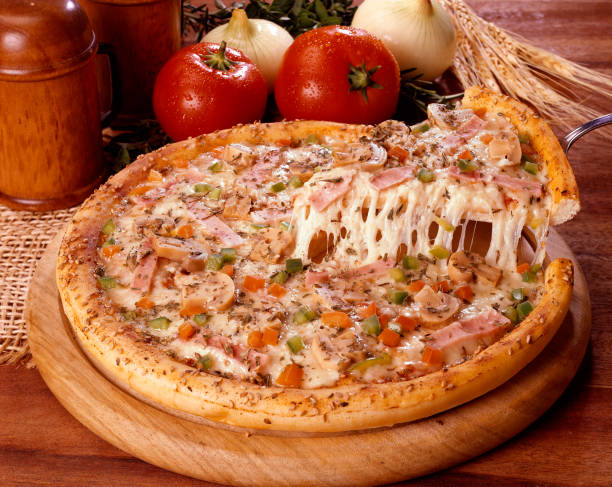
Seeds 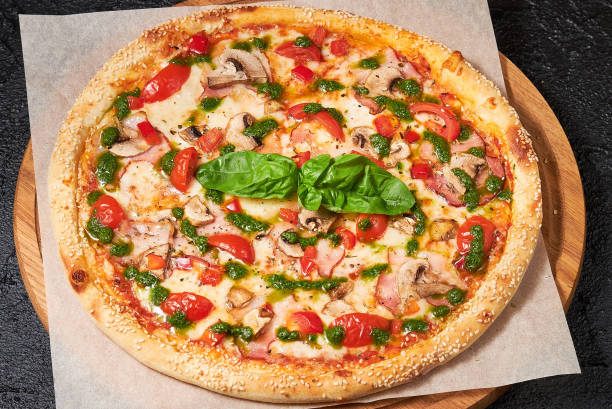
Seeds -
Corn kernels are ground to make traditional corn tortillas. Cornmeal or corn flour, on the other hand, are common substitutes. They should not contain gluten by definition, but some recipes and packaged products add wheat flour to change the consistency. Check the labels to ensure that any tortillas you buy at the supermarket are truly gluten-free.
Many classic corn tortilla recipes use a simpler method than hand-grinding kernels, and corn flour is frequently substituted. Rather than baking the dough, first, heat a skillet and cook the crusts on the stovetop. After adding the toppings, bake the pizza to cook the remaining ingredients. Keep in mind that most tortillas will produce a texture more akin to a cracker than a doughy pizza, which is sometimes exactly what you want.
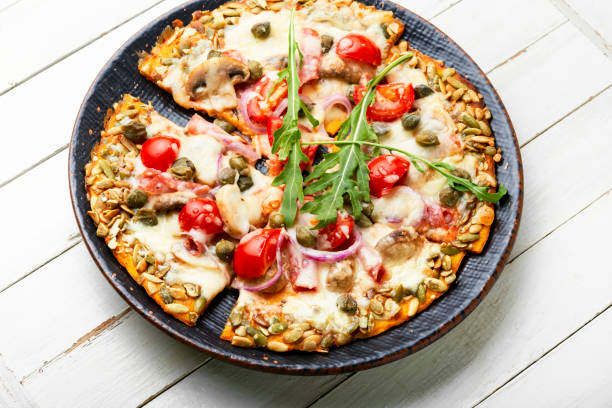
Tortillas 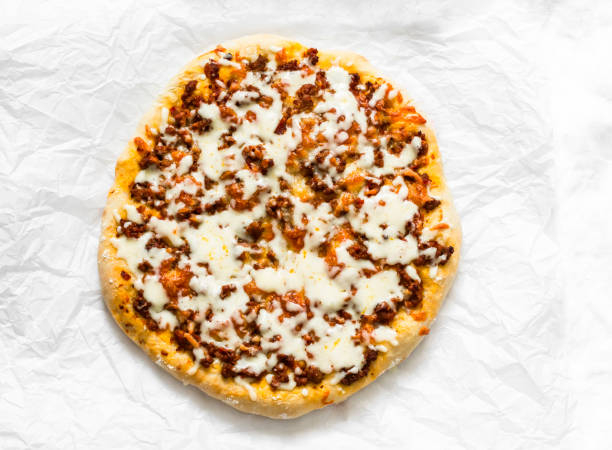
Tortillas -
When making a gluten-free pizza crust, consider other popular Italian starches. Polenta, which is basically ground cornmeal, tastes like soft, grainy goodness, and depending on the type you buy, it's either an instant cooking process or a tedious one that requires constant stirring. A creamy consistency is often desired, but for pizza crust, it's best if it firms up slightly. Chill it in the refrigerator after spreading it out on a sheet pan and baking it before adding your favorite toppings for the second bake.
Because a polenta crust may not be sturdy enough to support the weight of your garnishes, you'll probably need to eat this delicious pizza with a fork and a knife. The contrast between the crispy bottom, creamy center, and flavor-packed toppings is a definite winner, regardless of the extra cutlery. Polenta pairs well with ragouts, tomato sauce, and cheese, so use it to inspire your next pizza night.
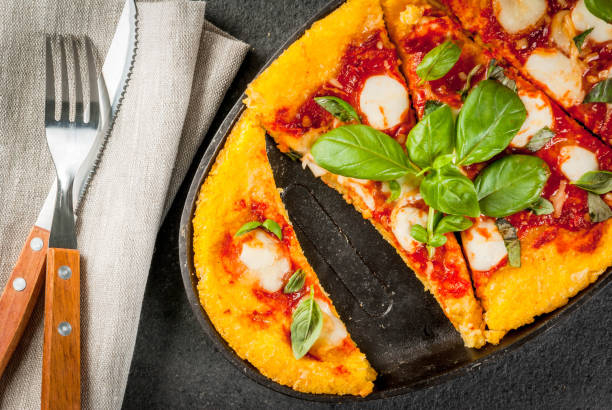
Polenta 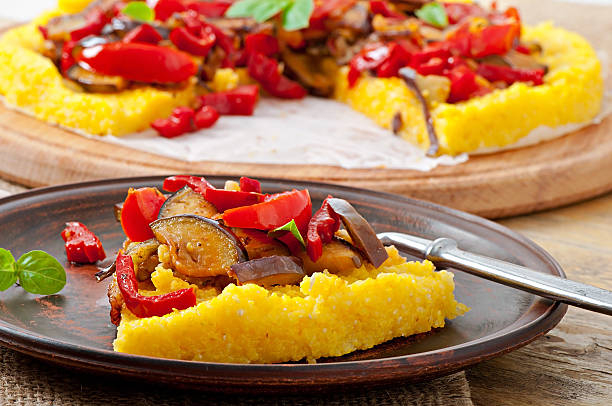
Polenta













